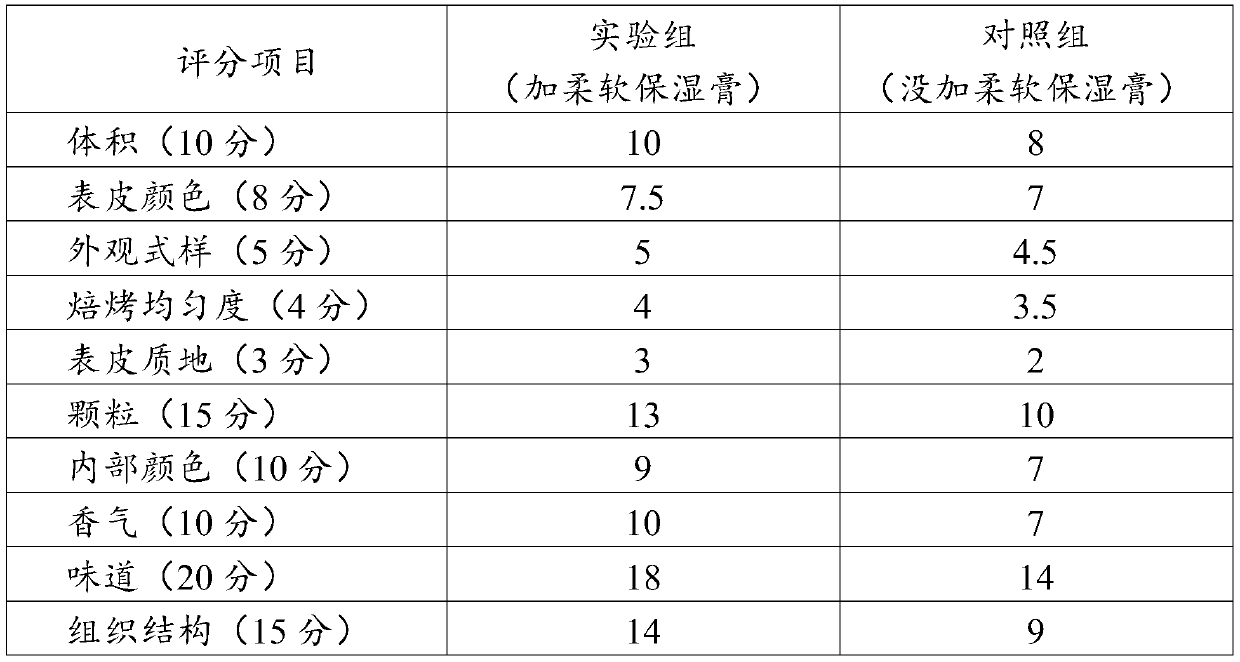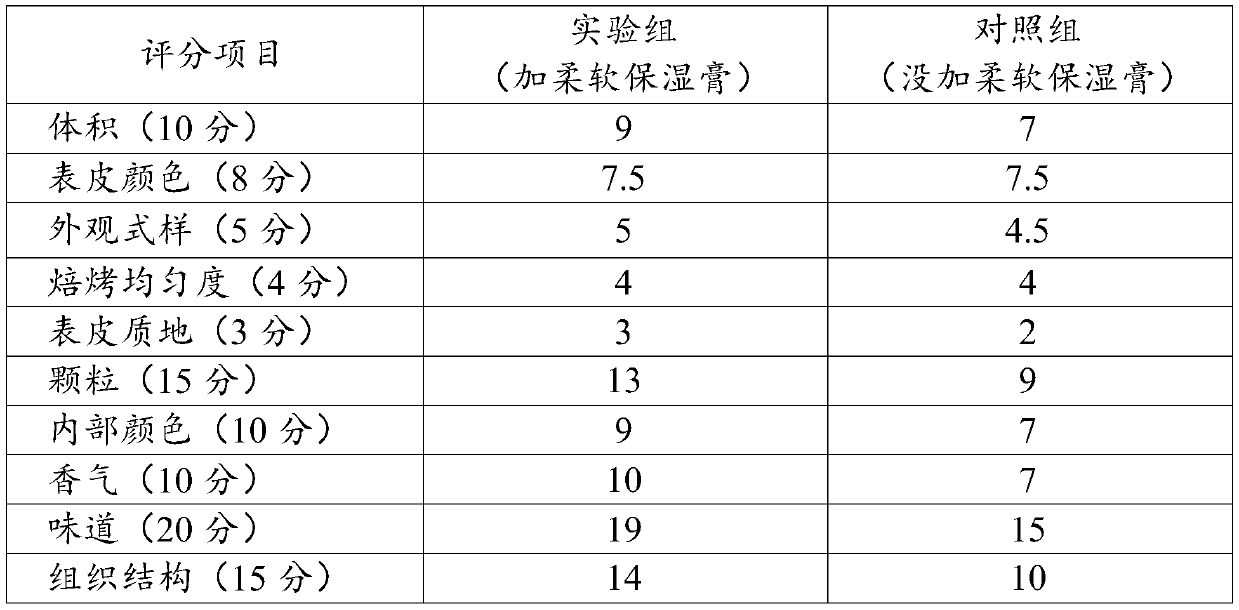The preparation method of soft moisturizing cream
A soft, lactobacillus technology, applied in the field of noodle product production technology and lactobacillus anaerobic fermentation, can solve the problems of excessive use of emulsifiers, reduce chemical preservatives, mold growth and deterioration, etc., to make up for the cumbersome production process, technical Undemanding, easily scalable effects
- Summary
- Abstract
- Description
- Claims
- Application Information
AI Technical Summary
Problems solved by technology
Method used
Image
Examples
Embodiment 1
[0026] Production process: test tube slant cultivation—shake flask cultivation—seed tank cultivation—fermentation tank expansion cultivation—homogenization—filling;
[0027] (a) slant culture: inoculate Lactobacillus bulgaricus on the slant medium with an inoculation loop on the ultra-clean workbench, and cultivate it for 48 hours at a temperature of 37°C in an incubator;
[0028] (b) Shake flask culture: 10 grams of glucose and 20 grams of whole milk powder were mixed with purified water, and the volume was adjusted to 200 milliliters with purified water, and packed in a 500 milliliter Erlenmeyer flask to make a shake flask culture medium. The shake flask culture medium was sterilized for 20 minutes under the condition of steam pressure of 0.14-0.15 MPa and temperature of 121° C., and then cooled to room temperature, and the pH was natural. The Lactobacillus bulgaricus obtained in step (a) was inoculated into the shake flask culture medium in the shake flask, and the shake fl...
Embodiment 2
[0041] Production process: test tube slant cultivation—shake flask cultivation—seed tank cultivation—fermentation tank expansion cultivation—homogenization—filling;
[0042] (a) Slant culture: inoculate Lactobacillus plantarum on the slant culture medium on the ultra-clean workbench with an inoculation loop, and cultivate it at a temperature of 37°C for 48 hours in an incubator;
[0043] (b) Shake flask culture: Mix and stir 10 grams of glucose and 20 grams of whole milk powder with purified water, and make the volume to 200 ml with purified water, and put it in a 500 ml Erlenmeyer shake flask to make a shake flask culture medium . The shake flask culture medium was sterilized for 20 minutes at a steam pressure of 0.14-0.15 MPa and a temperature of 121° C., then cooled to room temperature, the pH was natural, and the shaker speed was 30 rpm. Inoculate the Lactobacillus plantarum obtained in step (a) into the shake flask culture medium in the shake flask, place the shake flask...
Embodiment 3
[0049] Production process: test tube slant cultivation—shake flask cultivation—seed tank cultivation—fermentation tank expansion cultivation—homogenization—filling;
[0050] (a) Slant culture: Lactobacillus acidophilus and Lactobacillus bulgaricus were inoculated on the slant medium with an inoculation loop on a clean bench, and cultured in an incubator at a temperature of 37° C. for 48 hours.
[0051] (b) Shake flask culture: Mix and stir 10 grams of glucose and 20 grams of whole milk powder with purified water, and make the volume to 200 ml with purified water, and put it in a 500 ml Erlenmeyer shake flask to make a shake flask culture medium . The shake flask culture medium was sterilized for 20 minutes under the condition of steam pressure of 0.14-0.15 MPa and temperature of 121° C., and then cooled to room temperature, and the pH was natural. Inoculate the Lactobacillus acidophilus and Lactobacillus bulgaricus obtained in step (a) into the shake flask culture medium in t...
PUM
 Login to View More
Login to View More Abstract
Description
Claims
Application Information
 Login to View More
Login to View More - R&D
- Intellectual Property
- Life Sciences
- Materials
- Tech Scout
- Unparalleled Data Quality
- Higher Quality Content
- 60% Fewer Hallucinations
Browse by: Latest US Patents, China's latest patents, Technical Efficacy Thesaurus, Application Domain, Technology Topic, Popular Technical Reports.
© 2025 PatSnap. All rights reserved.Legal|Privacy policy|Modern Slavery Act Transparency Statement|Sitemap|About US| Contact US: help@patsnap.com



